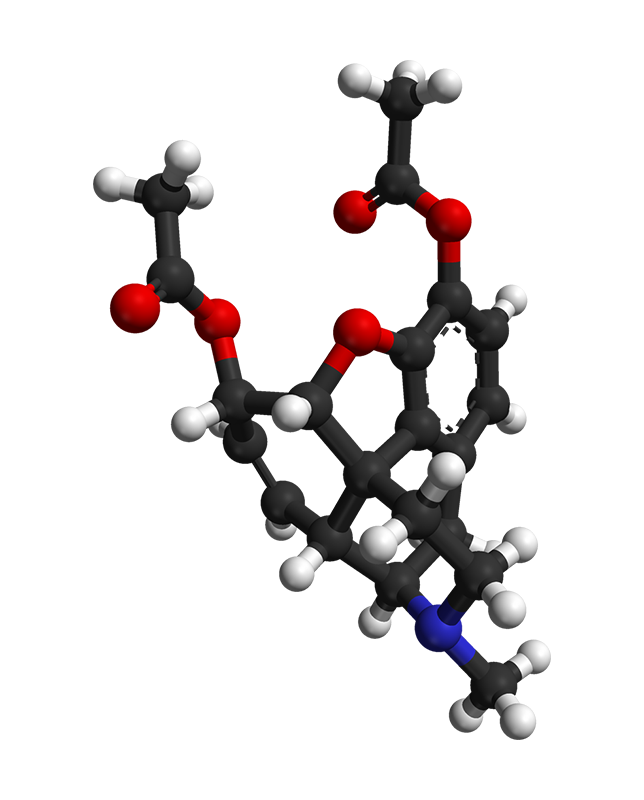
What is heroin and what are the effects of heroin on the body?
Heroin is a man-made opioid drug that helps to relieve pain.
We need a health approach to heroin
So much of the information on heroin promotes fear and criminalization instead of helping people. To address our collective safety and well-being—and save lives—information on heroin must be factual so people can make safer choices. Our responses to people who use drugs must be rooted in health. Here is what you need to know:
Heroin is a man-made opioid drug that helps to relieve pain. It is derived from morphine, which comes from the opium poppy plant. People who use heroin say that it helps to reduce emotional and physical pain and that it also has calming effects. Heroin can be injected, snorted, smoked, or swallowed. Effects usually last for several hours, and they are felt most quickly when the drug is injected or smoked.
When someone consumes a large dose of heroin, they may be at risk of an opioid overdose. This is because their brain stops signaling to their lungs to breathe. A heroin overdose can be reversed by immediately administering naloxone and/or oxygen to the individual. People are at higher risk of overdose when heroin is mixed with other opioids (e.g. fentanyl, codeine) or depressants (e.g. benzodiazepines, tranquilizers, sedatives, alcohol), or when it is used in combination with these drugs. Other opioids include fentanyl and codeine. People who have never used heroin or other opioids or have not used it a long time are also at higher risk of overdose. It is estimated that 1.1 million people used heroin in the US in 2021.
The heroin supply is adulterated with fentanyl and other drugs
Since 2013, fentanyl (a highly potent opioid) has been made in underground laboratories and mixed into the heroin supply in North America. Crackdowns on heroin led suppliers to produce fentanyl because it is easier to smuggle and avoid detection. This is an example of how prohibition of one drug can lead to new, stronger drugs.
In some parts of the country, it is difficult to find heroin without fentanyl in it. Fentanyl analogues, which are chemically similar to fentanyl but have different potencies and effects, have also been found in the heroin supply. Other new drugs such as nitazene analogues, xylazine, etizolam, and other opioids and benzodiazepines are being added to the heroin supply in some parts of the country as well.
Heroin and pregnancy
When heroin is consumed during pregnancy, it has been associated with neonatal abstinence syndrome (NAS) in newborns. Fortunately, NAS in newborns is a temporary condition that can be safely treated.
We need a health approach to heroin.
The risk of heroin use has increased with additives in the drug supply like fentanyl. Learn more about how drug decriminalization and investing in health, overdose prevention centers, and safer supply can keep people safer.
